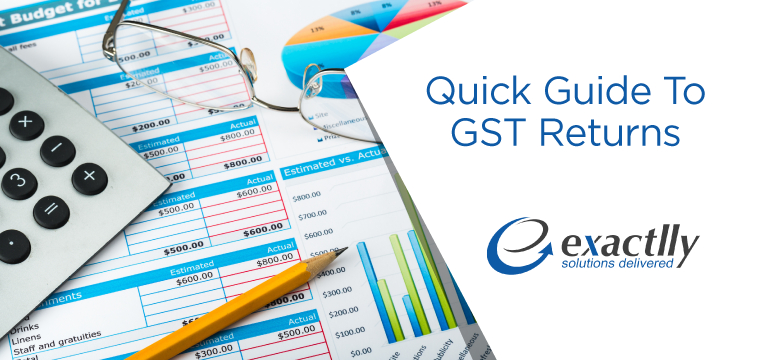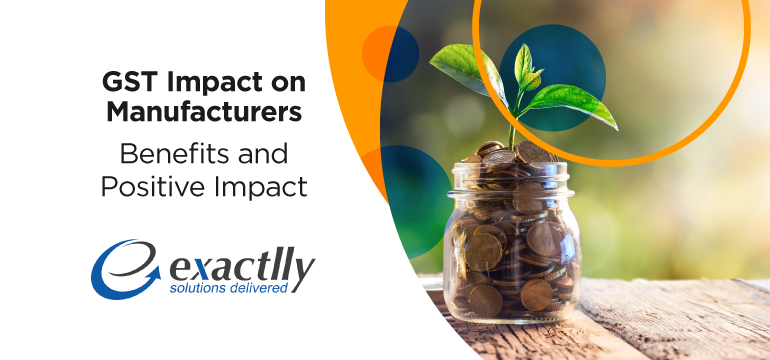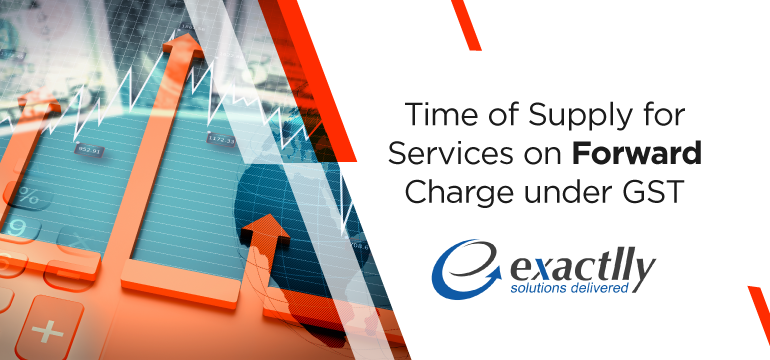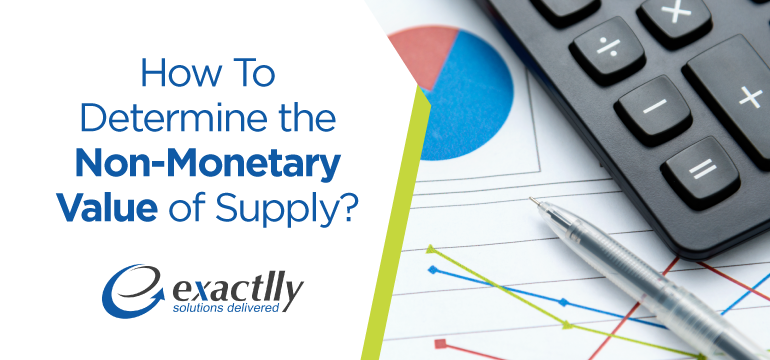Impact Of GST On Businesses Having Customers Across States

Every business dreams of growing higher, earning more profits, making higher investments, and of course, reaching out to more and more customers. A business may start within a single locality, but soon it’s geography spreads out to other localities, towns, cities and even across states until the entire country becomes its target. In terms of tax liabilities, it is difficult for businesses to expand with ease, especially under the current tax regime. This is because there is harsh compliance with the impact of GST and operation related costs on the tax front that are required to be incurred by both the buyer as well as the seller.
We have put together a brief overview of the current regime vis-à-vis the Impact of the GST regime in terms of taxation–
| Current Regime | GST Regime |
| The central sales tax or CST is collected by the central government upon a transaction that takes place interstate. The tax is collected from the state where the transaction takes place itself. | Interstate sales attract the interstate GST or IGST and the point of tax or incidence becomes not the place of sale of the good or service but the place of supply of such good or service. |
| Goods are subject to scrutiny and verification when they cross the border from one state to another. They are also subject to several entry taxes that are borne by the customer or the buyer. | The impact of GST has ensured that the level of verification of goods will not be as high as under the current regime – goods will only be verified once and the concept of entry tax has been done away with thereby reducing the total cost of the product for the buyer. |
| On making an interstate sale to a business to business customer (B2B customer), the customer has to bear the central sales tax. Subsequently, when such a customer makes a local sale he is not eligible to claim input tax credit basis the central sales tax. This tax is passed on as an added value to the cost of the product when sold further by him. In this manner, both the customer and the seller are at a disadvantage when compared with dealers who are able to locally procure goods and offer them at competitively lower prices. | The B2B customer under the impact of the GST regime shall be eligible for claiming input tax credit basis any interstate sales on which the IGST is paid. Therefore, there will not be any additional cost incurred by the B2B customer and this will not end in a cascading effect of an increase in the total product cost in the market – therefore eliminating the competitive disadvantage in the market. |
|
Sellers are in the habit of establishing warehouses and branches in all the states they operate within in order to maintain competitive pricing and their buyers do not have to pay additional central sales tax. However, maintaining several warehouses and branches means extra costs for the seller and additionally, higher compliance. |
With the advent of IGST, interstate selling has become conducive to the buyer as well as the seller. The input tax credit is also available on such transactions seamlessly and the seller is not required to invest in infrastructure and maintain several branches or warehouses. This increases a seller’s efficiency and also amounts to easier compliance. |
For example, F&M Clothing, a dealer in clothing garments in Maharashtra sells garments to a dealer in Karnataka.
Under the Current Tax Regime –Cost of the product – INR 50,000 CST charged at 2% – INR 1,000 Total price – INR 51,000 Additionally, an entry tax has to be borne by the dealer, thus adding to an increase in the total cost of the product. Under the GST Regime –Cost of the product – INR 50,000 IGST charged at 18% – INR 9,000 Total price – INR 59,000 The garments will thus be sold at INR 50,000 + the profits and taxes as applicable. In this manner, the impact of the GST regime is said to ease out the process of compliance on the sale of interstate goods as availing input tax credit shall be done seamlessly and remain uninterrupted which ultimately leads to both the buyer and the seller benefiting. Nonetheless, to ensure this, all dealers engaging in such taxable interstate transactions must be mandatorily registered under the impact of GST – notwithstanding whether their aggregate turnover falls within the threshold limit of INR 50 lakhs as the composite levy scheme is anyway not applicable for interstate sellers. |
|
Interstate Supply of Services –
|
Current Regime |
GST Regime |
|
|
| For example, Ram Traders is registered in Maharashtra but has customers in Karnataka and Uttar Pradesh. For the customers in Karnataka, he provides remote services. For the customers in Uttar Pradesh, he visits and provides the services in Uttar Pradesh. | |
|
|
In conclusion, it is difficult to say whether the impact of GST will initially bring a lot of chaos or not with respect to interstate supplies. One on hand, this is a positive turn as there will be lesser barriers in the free flow of goods and services as well as credit when it comes to transactions for goods. For transactions of services, however, all service providers are required to be registered in all the states where they wish to operate for the provision of services physically. Another hurdle that suppliers may face is when it comes to availing the CGST and SGST / UTGST credit of one state to set off against the liability of the CGST and SGST / UTGST of another state.
Therefore, there are several challenges in terms of the supply of interstate services under the GST which need to be addressed in order to avoid becoming roadblocks. Feel free to Contact Us and get a Free Demo.






